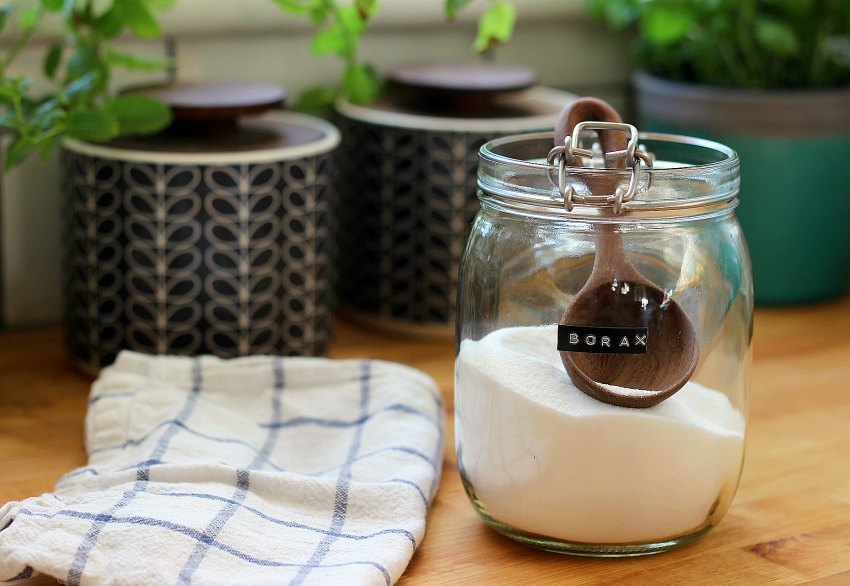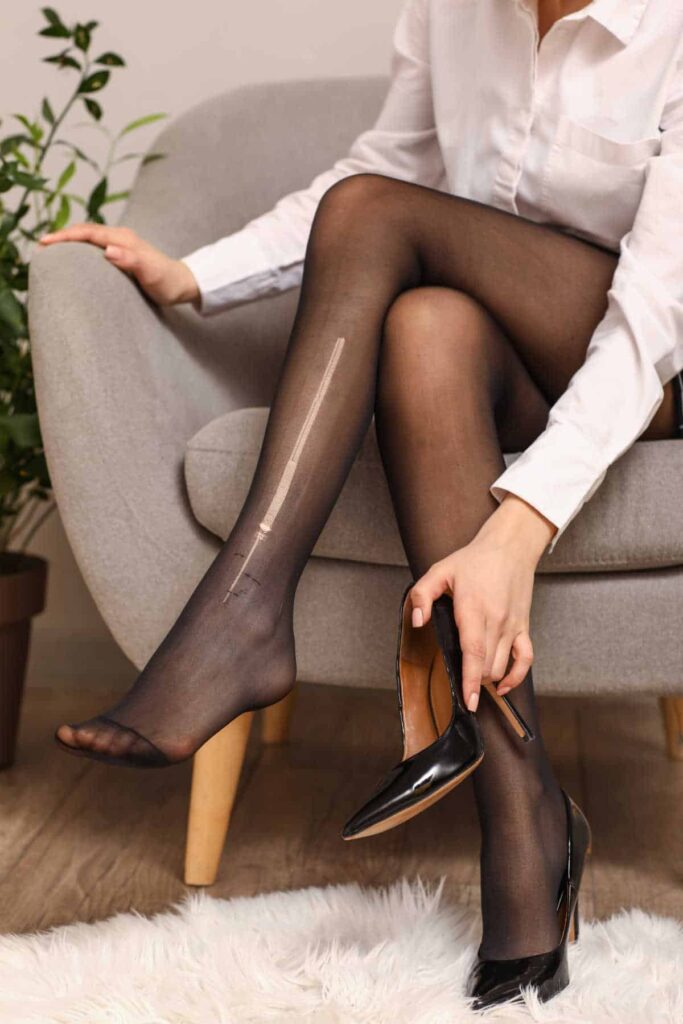Eco-Friendly Potty Training Tips & Advice From A Mum Of Two
To support the running costs of Moral Fibres, this post may contain affiliate links. This means Moral Fibres may earn a small commission, at no extra cost to readers, on items purchased through these links.
Looking to potty train your child? I’ve got heaps of eco-friendly potty training tips and advice, after going through the process twice. From how to get started to the best reusable training pants – I’ve got it all here.
Potty training is a significant milestone in a child’s development. While it’s incredibly rewarding watching your kids gain that independence, I found that the process also offers a great opportunity to adopt eco-friendly practices that, as well as being greener, can be more effective and help save you money.
So, after potty training both of my daughters, here’s my sustainable potty training process. From how I did it to what we used, in case anyone is about to embark on potty training now or in the near future.
Our Eco-Friendly Potty Training Tools
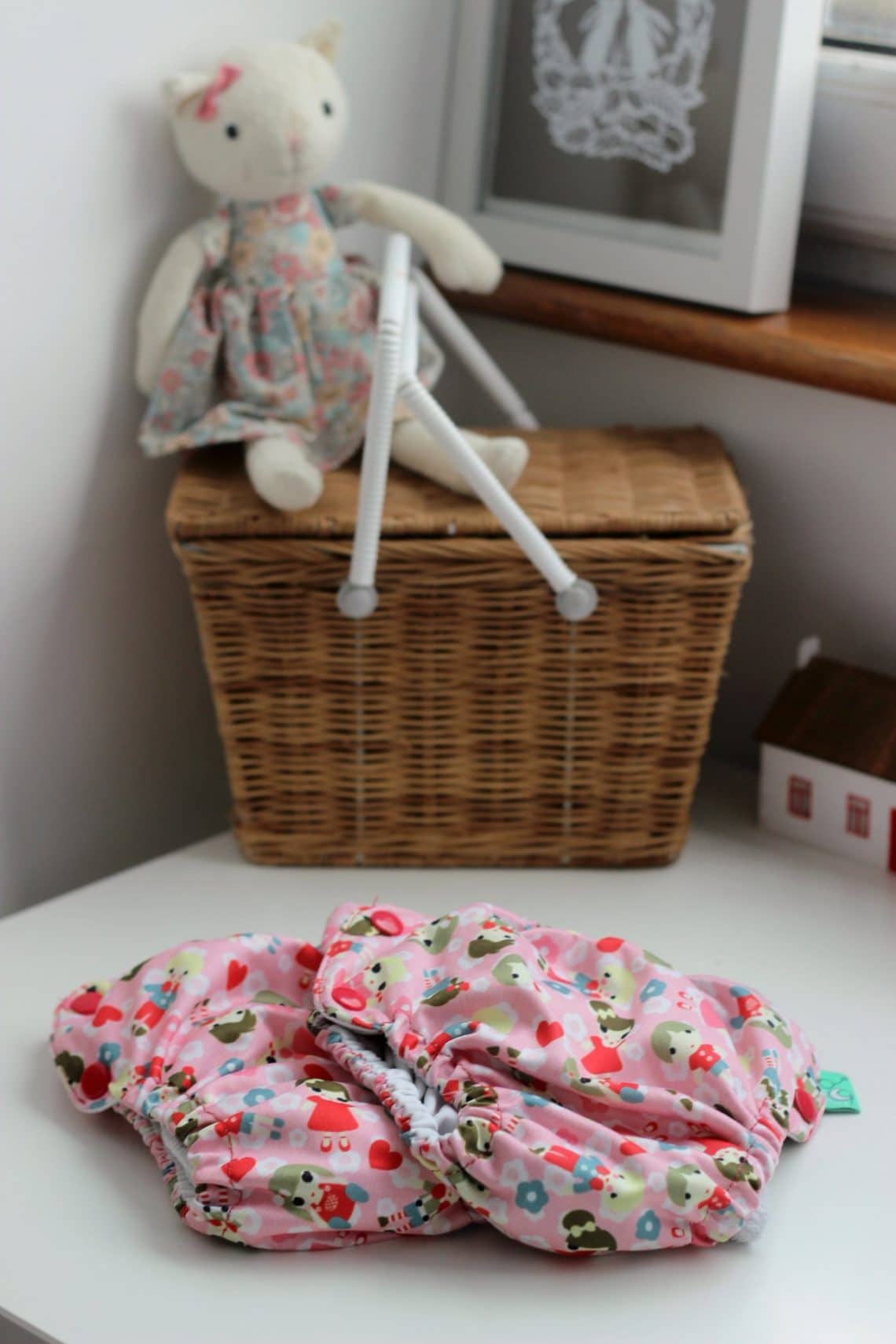
A kid doesn’t need much to potty train. Some big kid pants and a step stool are pretty much all you need. The step stool allows little kids to get on and off the toilet, and to reach the sink to wash their hands. You might want a few extras but there’s no need to go overboard on your eco-friendly potty training journey.
Reusable Training Pants
Whilst you can go without reusable training pants, I personally like using potty training pants on my kids for the first month or so after potty training. Especially when we are about and about.
Most potty training pants hold one wee, giving you extra peace of mind that you won’t be standing in the supermarket in a puddle of wee. That being said, they are by no means essential. If you want to use regular pants then go for it!
I’m also big on washable training pants, rather than disposable pull-up training pants, and not just because they are more sustainable. The main reason is that in reusable pants, your kid will know if they have an accident as their pants are wet. Disposable training pants are just nappies, rebranded slightly. As they are so absorbent, kids don’t necessarily know when they are wet. This can make the potty training job 10 times harder. Don’t make what can be a tedious job even harder on yourself!
Reusable Training Pants To Look Out For
If you are going down the washable training pants route then this is what we used:
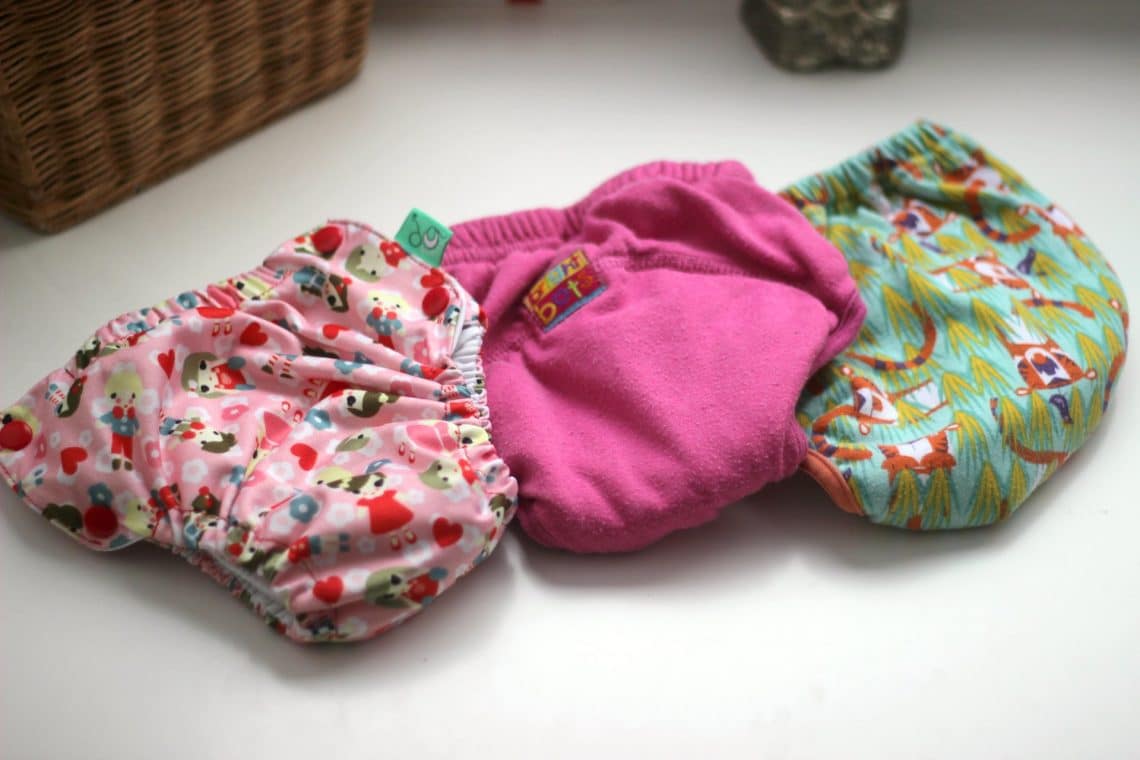
I used a few different reusable training pants brands and had seven pairs in total.
One of my favourites was Bright Bots (the middle pair in the photo above). These pants are cheap and do the job nicely for not a lot of money. They are pretty basic, and I found them quite tight-fitting, but we didn’t have any leaks when accidents occurred. Plus they are sturdy and held up to two rounds of potty training.
Another brand I liked was Pop-In (the pair on the right). My daughter loved the funky prints on them and they did their job quite nicely. You’ll need to cut off the absurdly long label from the back of them as this gets annoying very quickly, and I do feel the pattern fades quickly in the wash, but otherwise, I felt these were a good pair of eco-friendly toddler potty training pants.
Potty, Kids Toilet Seat and Step
Some people like to get their kids to start off toilet training going on a potty, others like to skip straight to using the toilet. I personally started my kids off on the potty and then made the transition to the toilet.
We use a kid’s toilet seat at home as it means my daughter can go to the toilet unaided. We don’t carry it with us when we are out and about – I just help her.
If you need to pick a potty up, then ask around – a friend or family member might have one sitting in a cupboard. If not, then kids charity shops and eBay are awash with second-hand equipment, such as potties and toilet seats. Give them a good clean first, obviously.
I have seen some “biodegradable” potties on the market, but I have no idea how biodegradable or eco-friendly these actually are for potty training, so exercise caution. There is a world of difference between the words biodegradable and compostable, and these words cannot be used interchangeably.
I also found a step really helpful so that my daughters could get up onto the toilet, and to be able to reach the sink to be able to wash their hands.
How To Get Started
Once your child has started showing signs of being aware, somewhere around age 2 to 3, that they have a wet or soiled nappy, or an interest in using the potty then cancel all your plans for 3 or 4 days and stay home. It’s time to start eco-friendly potty training!
Strip off your kid’s bottom half, and roll up any rugs. If you have carpets, put something waterproof down and lay out some floor-based activities. I then bust the juice out (a treat!) and keep my little one well-hydrated.
Establish a routine of asking your child if they need to use the toilet every twenty-five minutes, setting a timer to help you remember. While it may feel repetitive, maintaining consistency is key.
Celebrate each successful use of the potty with enthusiastic praise, involving the whole family in the encouragement process. Consider offering small rewards like chocolate or stickers for motivation. I used chocolate. No shame. No regrets.
Adjust the timing of reminders as needed, gradually increasing the intervals between prompts. Soon your kid will be able to tell you when they need the potty. And believe me, they will. Sometimes when they don’t even need the potty. Generally at bedtime, even though they’ve just been twice already if your kids are anything like mine!
Be patient and supportive throughout the process, but if after a week your little one is still struggling, it’s okay to pause and try again later. It’s important not to force the process if your kid isn’t ready; wait until they show more readiness cues before resuming potty training efforts.
Any Other Questions?
Is there anything else you want to know about eco-friendly potty training? Do let me know in the comments below.
One question I have been asked before is if using cloth nappies can help your kid to potty train faster than disposable nappy wearers. I would say, from my experience, it all depends on the kid. My oldest daughter potty trained at age two, in a day. My youngest potty trained at three, and it took several weeks. It really is luck of the draw I guess!
Pin this post for later:
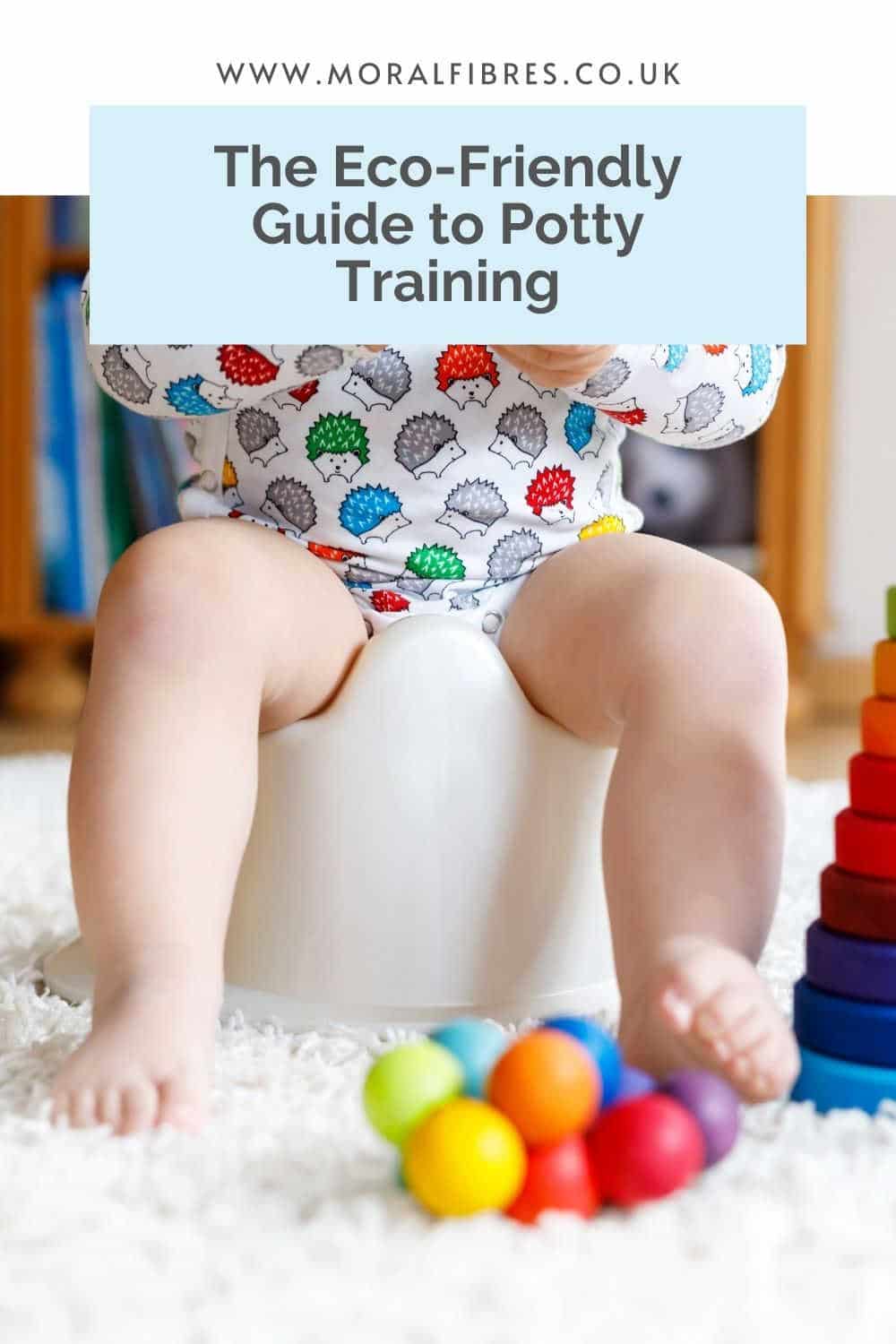
Found this post useful? Please consider buying me a virtual coffee to help support the site’s running costs.


